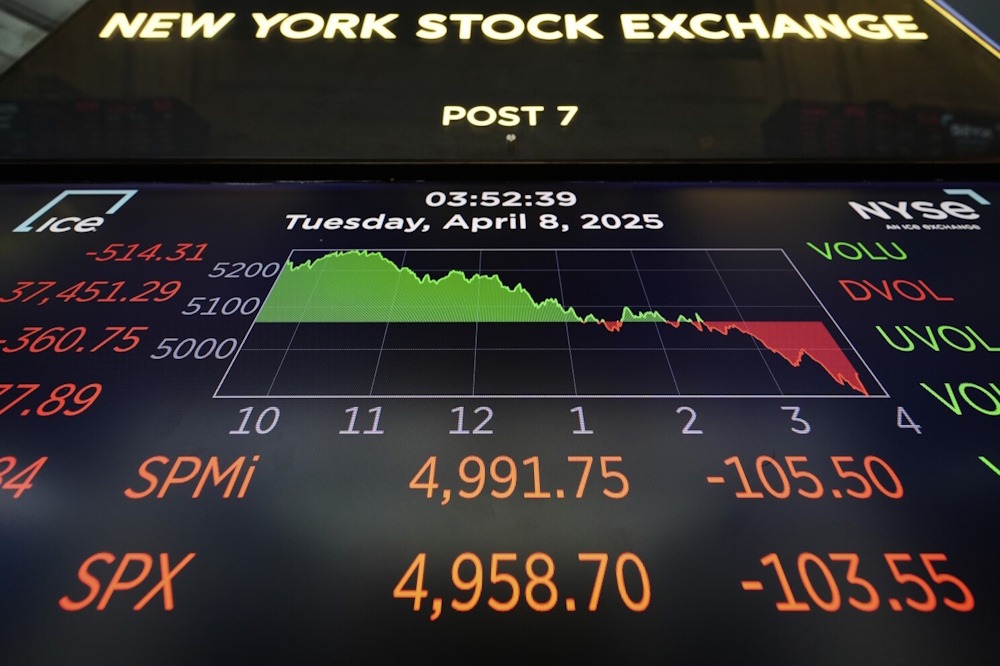
The tech-heavy Nasdaq experienced a decline of 0.3%, translating to a decrease of 63.54 points, concluding the session at 22,780.51. The S&P 500 concluded the session with minimal variation, increasing by less than 0.1%, or 0.44 points, to settle at 6,715.79 points. Healthcare and utility stocks emerged as the most significant gainers. The Health Care Select Sector SPDR increased by 1.1%, whereas the Utilities Select Sector SPDR experienced a rise of 1.2%. Nine of the eleven sectors of the benchmark index concluded the trading session in positive territory. The CBOE Volatility Index, often referred to as the fear gauge, experienced an increase of 0.12%, reaching a level of 16.65. On the NYSE, the ratio of advancers to decliners stood at 1.72 to 1. On the Nasdaq, a ratio of 1.5-to-1 indicated a preference for advancing issues. On Friday, the trading volume reached 20.47 billion shares, surpassing the 20-session average of 19.01 billion shares.
On the Nasdaq, there were 2,813 new highs and 1,880 new lows. On the exchange, there were 686 new highs and 55 new lows. Technology equities decline as the government shutdown persists. Markets commenced on an optimistic trajectory on Friday; however, by the afternoon, technology stocks exerted downward pressure on the S&P 500 and the Nasdaq. A downturn in the stock prices of major technology firms exerted pressure on the overall market performance. This development occurred as the government shutdown reached its third day. Investors have, to this point, attempted to disregard the government shutdown, thereby mitigating its potential impact on their activities. Nonetheless, an extended shutdown may present difficulties for Federal officials and heighten apprehensions among investors. Historically, government shutdowns tend to be brief; however, investors remain apprehensive about persistently high inflation and a contracting labor market, both of which present risks to the overall health of the economy.
The Federal Reserve reduced interest rates by 25 basis points for the first time this year in September and has indicated the possibility of two additional quarter-point rate cuts by the end of the year. Although this development has generated optimism among investors, the Federal Reserve has indicated that a balance between inflation and employment data is necessary prior to any rate reduction. The government shutdown has also delayed the publication of the crucial nonfarm payrolls data for September, which was scheduled for release on Friday. Nevertheless, apprehensions regarding the labor market persist in light of the shutdown, as private payrolls data published earlier this week indicated its most significant drop since March 2023.
On Friday, the sole additional economic data published was the Services Index from the Institute for Supply Management. PMI reported a reading of 50%. The services sector experienced a decline for the fourth consecutive month, arriving at a breakeven point between expansion and contraction for the first time since January 2010. In spite of a turbulent trading session, all three principal indexes achieved a positive outcome for the week. The Dow increased by 1.1% over the week, the S&P 500 also rose by 1.1%, while the Nasdaq concluded the week with a 1.3% gain.
